"IT'S just like another world," I find myself mumbling in awe as I take in the vision of the grand castle-like building in front of me. Squinting to get a better look through my dirty windscreen as I slowly manoeuvre my car into the last parking bay not far from the entrance, the words "Moorish Spain" swim to mind.
So, this is the Institute of Islamic Thought and Civilisation, or better known as IISTAC. After having braved the snaking traffic of peak-time Bangsar, finding myself in the serene haven of the impressive IISTAC complex, located in tranquil Bukit Tunku, Kuala Lumpur, is truly heaven-sent.
Not a soul is in sight, and the silence of my surroundings, pierced only by the occasional sound of birds chirping gaily, lend a mysterious air to the place. Gingerly ascending the steps that lead into the dim lobby area, I note that there's not even a receptionist at the main counter.
"Where IS everyone?" I mutter, as my gaze suddenly clap upon a bunting by the stairways that read: The Builders of the Alhambra: Can poetry be made into a building? Ahhh, everyone must be at the documentary screening in the Ibn Khaldun conference room downstairs.
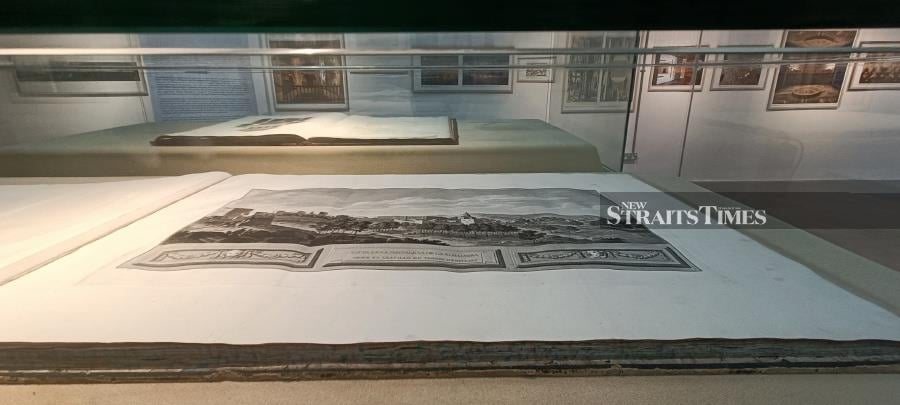
Descending the stairs and following the signs for the exhibition room, I eventually come to a modest-sized, contemporary space, well-lit and lined along the walls with paintings as well as old photographs of the Alhambra, said to be Granada's — and Europe's — love letter to Moorish culture. On wooden stands are more pictures and paintings, and in a centrepiece glass cabinet, lay two impressive but yellowing tomes from the past.
TRAVELLING EXHIBITION
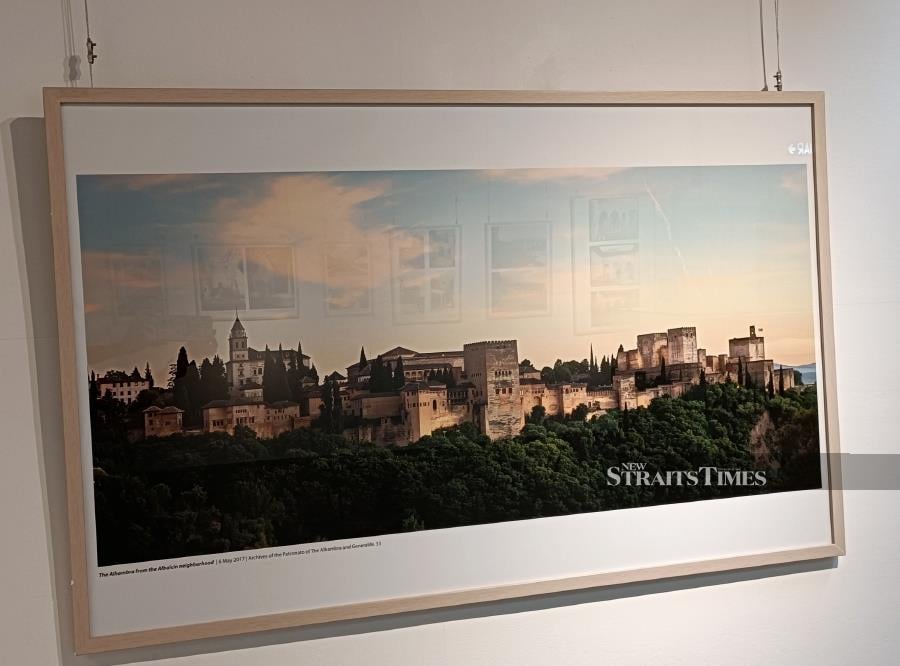
Nestled in the majestic silhouette of the Sierra Nevada peaks, the Alhambra is a masterpiece of Moorish architecture and history. What began as a mere walled citadel evolved into the epitome of opulence, serving as the grandiose residence for Granada's Nasrid emirs.
Within its fortified walls, the 14th-century Palacios Nazaries stand as a testament to the splendour of Islamic design, captivating visitors with their intricate details and timeless beauty. Paired harmoniously with the ethereal allure of the Generalife gardens, the Alhambra presents a captivating symphony of history, culture and natural beauty.

"Ahhh, you've found the place!" The sound of a friendly female voice coming from behind me as I'm scrutinising a mysterious black-and-white framed photograph of the interior of the north facade of the Alhambra's Gate of Justice, circa 1885, makes me swivel in surprise.
"Hi, I'm Khairul Nishak, the curator of this exhibition," she says by way of introduction, before extending both her hands in a warm handshake. The tudung-clad woman in baju kurung, who's also IISTAC's administrative officer, has been tasked to take me around this exhibition, which is held in collaboration with the Embassy of Spain in Malaysia.
With a passion for heritage, Khairul, together with her dedicated team, has meticulously assembled a tribute to the Alhambra, Spain's crown jewel of Islamic architecture. Despite time constraints, their efforts have brought to life a mesmerising showcase of culture and history.
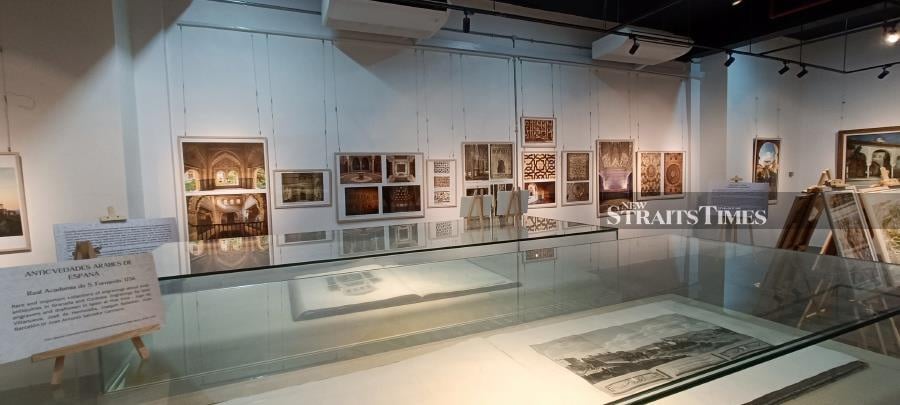
"This is actually a travelling exhibition," explains the curator, adding that what I'm seeing before me were first exhibited at the Islamic Art Museum Malaysia before being taken to Seri Menanti, Negri Sembilan.
"But, with this showcase, IISTAC has added its collection too, which include books about the Alhambra from the 18th to the early 20th century," she elaborates, adding: "There's a total of 69 pictures on display in addition to videos, all brought in by the Embassy of Spain from the Archives of the Patronato of the Alhambra and Generalife — a special Trust set up to manage and administer the Alhambra. They want to introduce the Alhambra to the world, despite it already being the most visited site in Spain."
MOORISH MASTERPIECE
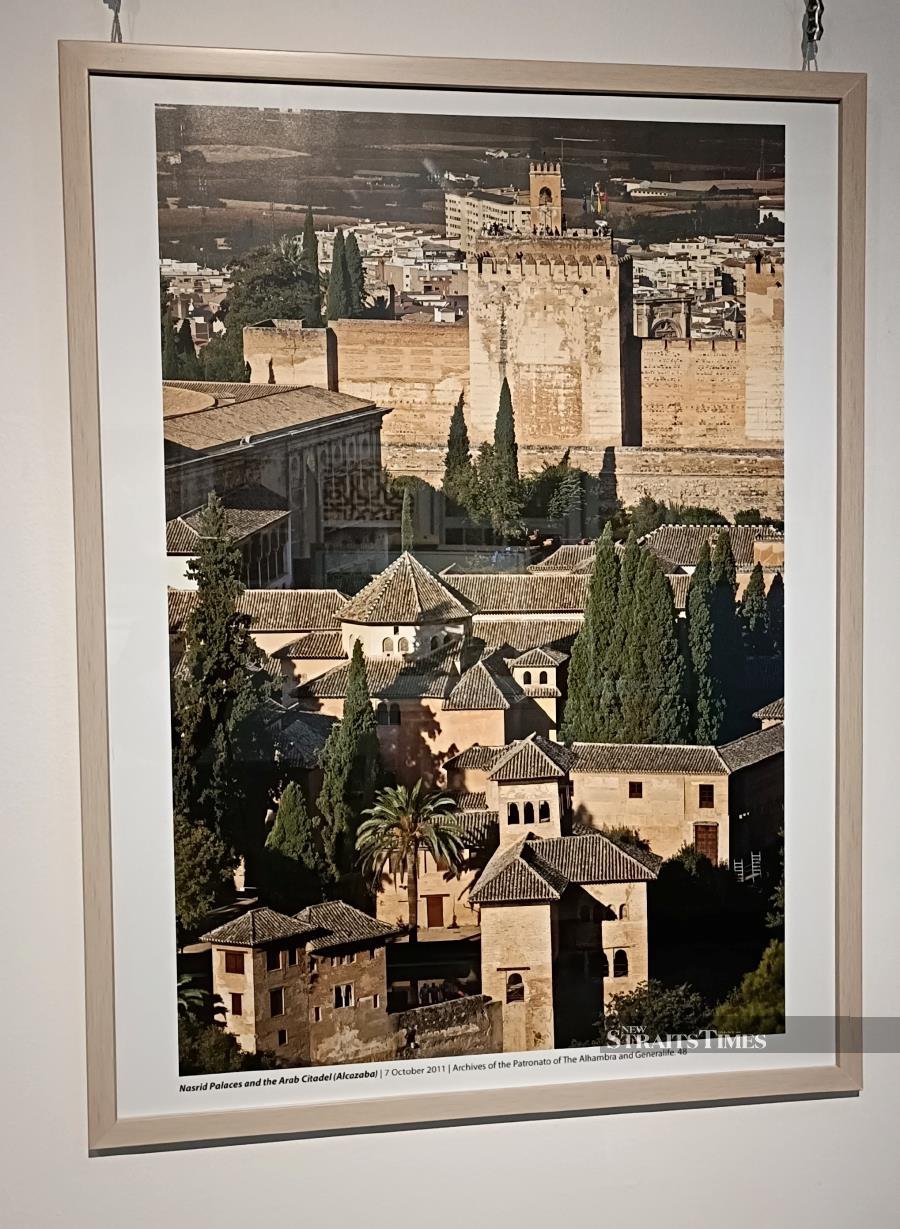
Enshrined in the annals of the World Heritage list since 1984, the Alhambra stands as a timeless testament to the fusion of Moorish magnificence and Andalusian allure. Its designation owes not only to its unparalleled beauty, but also to its profound ability to narrate the ebb and flow of history through its architectural evolution and ornate embellishments.
Originally conceived as a bastion of military might, the Alhambra underwent a metamorphosis in the mid-13th century, transitioning from a fortress to the regal epicentre of Granada.

This transformation heralded the dawn of the Nasrid Kingdom, with its inaugural palace erected by the visionary monarch Mohammed ibn Yusuf Ben Nasr, affectionately known as Alhamar.
Undoubtedly the crown jewel of the Alhambra, the Nasrid Palaces, reign supreme as the quintessential abode of Moorish monarchs. Within these hallowed halls reside myriad facets of opulence and grandeur, each whispering tales of bygone eras and illustrious reigns.
The very name "Alhambra" evokes imagery of its russet-hued walls, a testament to its Arabic moniker, qa'lat al-Hamra. Perched atop the al-Sabika hill, overlooking the meandering Darro River, this architectural marvel casts its gaze westward towards the ancient quarters of Albaicin and Alcazaba, a sentinel of time amid amid the bustling city of Granada.
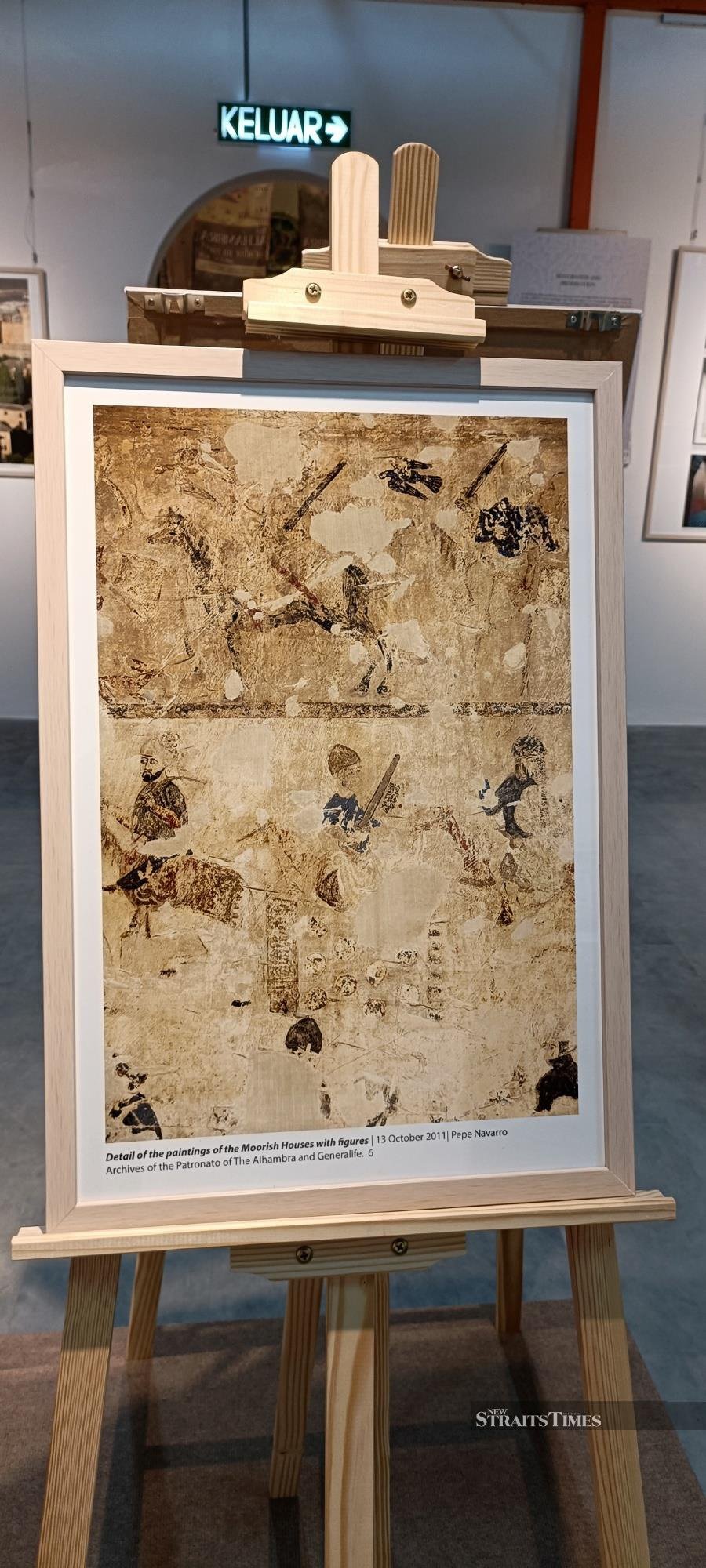
As visitors traverse the exhibition, they're transported to a bygone era of splendour and intrigue. Among the treasures on display are rare lithographs and paintings, each a testament to Alhambra's enduring fascination among scholars and artists alike.
POETIC DESIGN

The allure of Nasrid architecture, explains Khairul as we continue our walk and stopping occasionally as I "ooh and ahh" over some of the most exquisite photographs that catch my sight, lies in its meticulous attention to detail, weaving together elements like carefully proportioned courtyards, meandering water features, and verdant gardens. Here, arches soar on slender columns, adorned with intricately sculpted stucco and tiles, casting a spell of ethereal beauty upon all who wander within.
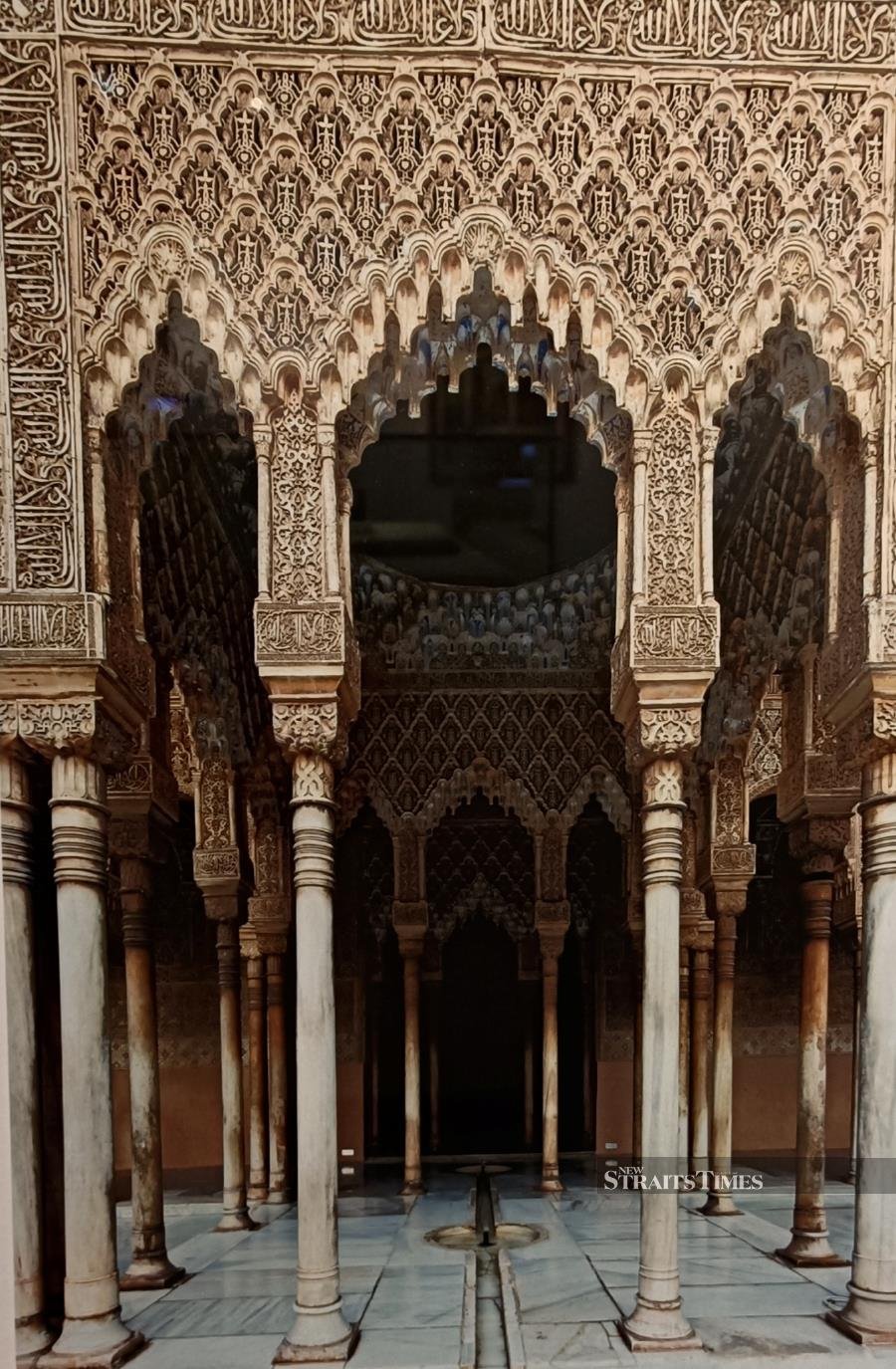
Constructed with a keen eye turned inward, Nasrid Palaces beckon visitors to explore their inner sanctums, where every ornamentation serves to enchant and captivate. At the heart of these architectural marvels lie rectangular courtyards, graced with serene pools or bubbling fountains, inviting moments of contemplation and repose.
Beyond the courtyards, halls unfurl with grandeur, often sheltered by arcaded porticoes that frame picturesque vistas of tranquil gardens. Delving deeper, one encounters miradors, rooms that extend beyond the walls, offering panoramic views that unfurl like a painter's beautiful canvas.
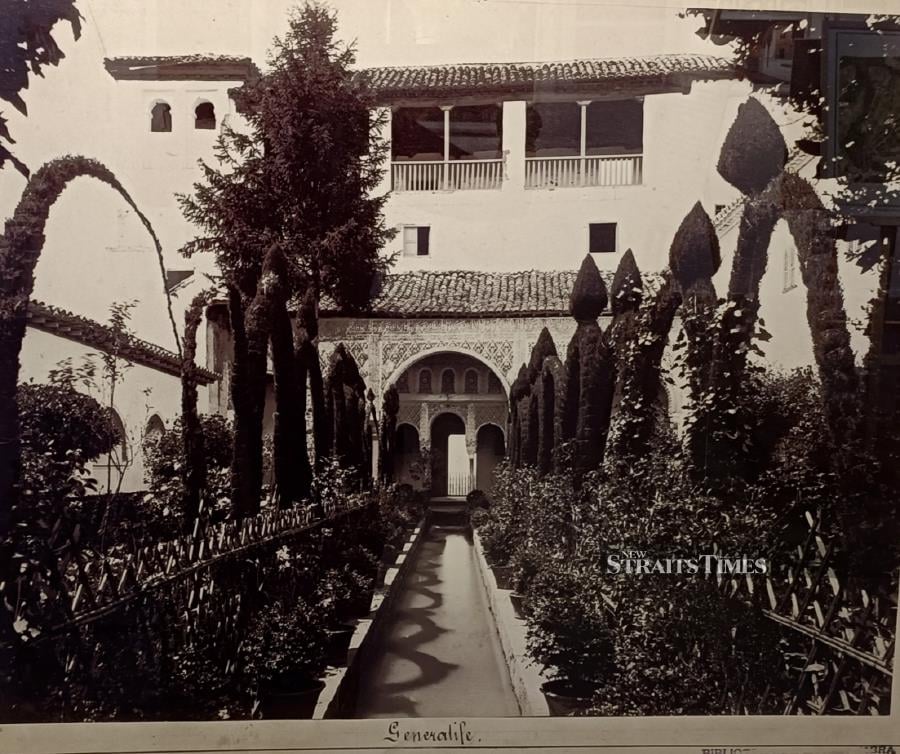
Yet, as I duly learn, Nasrid architecture isn't merely a feast for the eyes; it's a symphony of design and function, attuned to the nuances of Granada's climate. From the layout of courtyards to the strategic placement of windows, every element serves a purpose, moderating temperature fluctuations and harnessing natural light to create spaces that are as inviting as they are practical.
As the seasons shift, so too does the Palaces' embrace, with upper-floor rooms cocooning inhabitants in warmth during the winter, while the courtyards bask in the sun's embrace come summer.
ARCHITECTS AND POETS
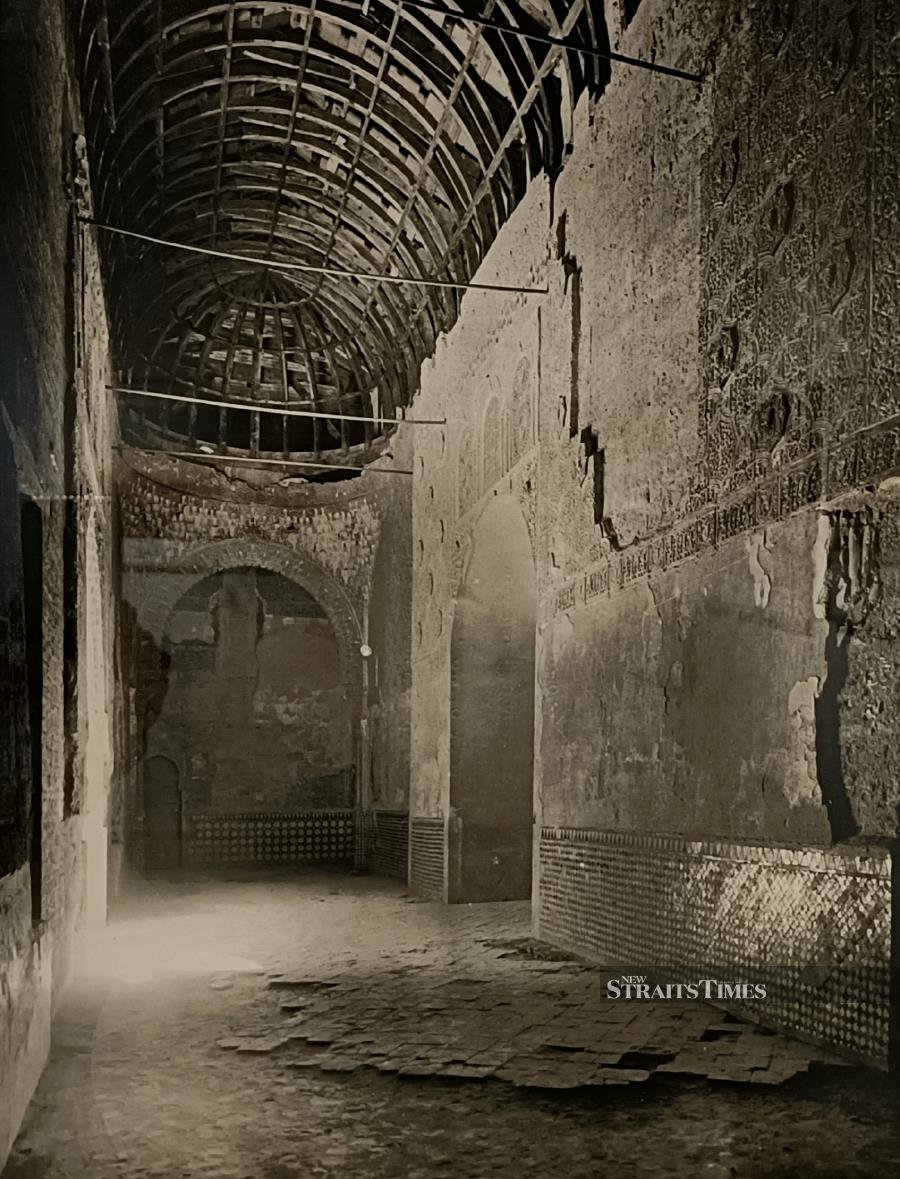
In the hushed corridors of history, the architects and artisans, who bestowed the Alhambra with its resplendent grace, remain elusive shadows, their identities unknown. However, in the middle of this mystery, one institution stands out from ancient times — the renowned Diwan al-Ins͟ha, or chancery.
Inside its intricate chambers, a quiet dance of ink and parchment played out, its importance growing beyond mere bureaucracy to deeply influence the design of the Alhambra. With poetic inscriptions adorning the palace walls, the chancery rose in importance, its sway felt throughout the corridors of authority.
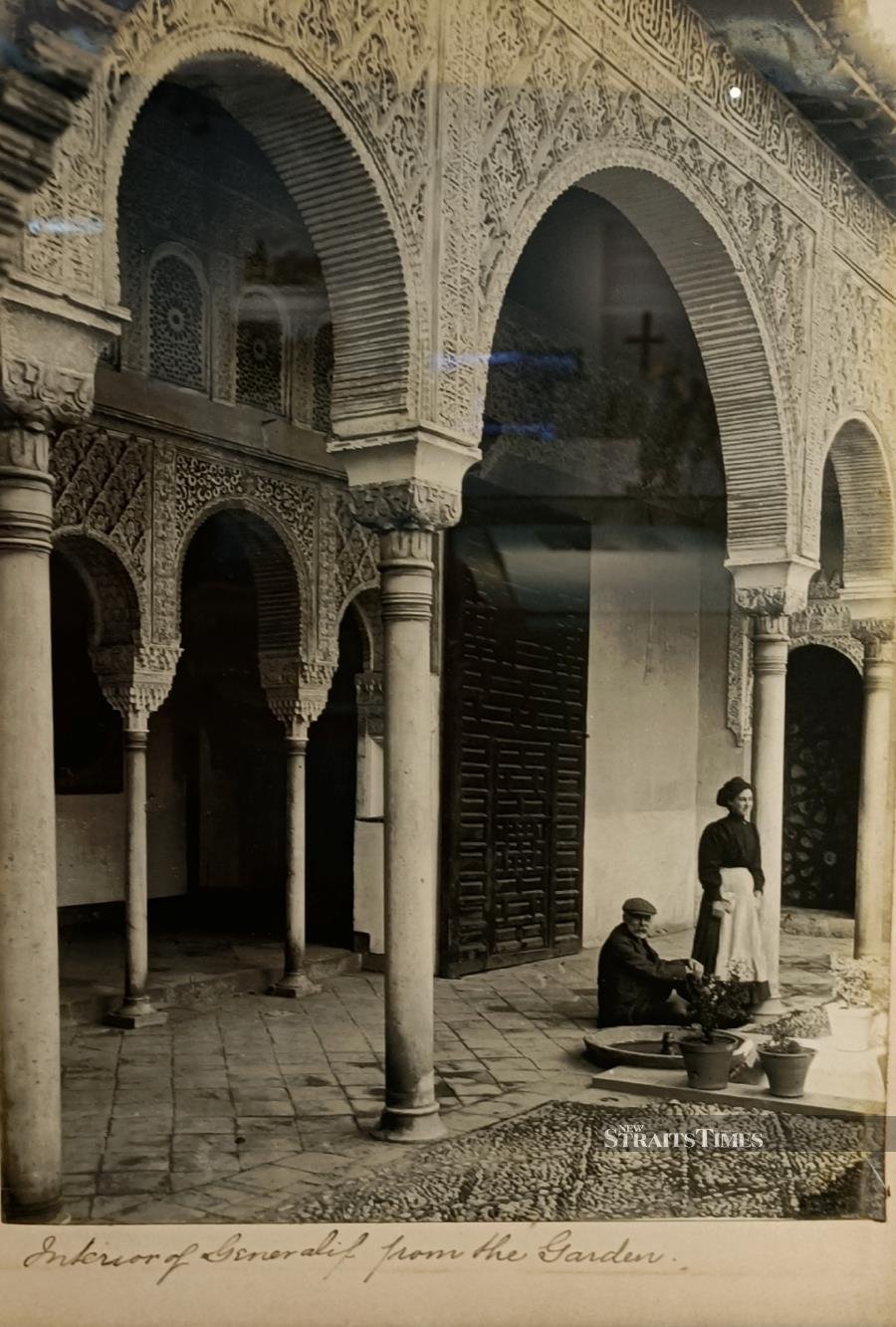
Leading this esteemed institution were figures like Ibn al-Jayyab, Ibn al-Khatib and Ibn Zamrak, who held dual roles as head of the chancery and vizier to the sultan, leaving an indelible mark on the Alhambra's construction at its peak.
Ibn al-Jayyab, a stalwart of intellect and governance, guided the chancery through six tumultuous sultanic reigns, navigating the ebbs and flows of political unrest and cultural resurgence.
Meanwhile, Ibn al-Khatib, a polymath of extraordinary talent, effortlessly traversed the realms of diplomacy and poetry, leaving his lyrical imprint upon the very walls he helped shape. And then there was Ibn Zamrak, a titan among men, whose tenure as vizier and head of the chancery witnessed the zenith of the Alhambra's architectural grandeur.
Across the annals of time, these luminaries charted the course of history, their profound influence immortalised in the intricate arabesques and poetic verses that grace the Alhambra's storied halls.
Though their names may have faded into obscurity, the enduring legacy of the chancery remains a testament to the harmonious fusion of art and governance. In their hands, the Alhambra transcended its role as mere architecture, emerging as a beacon of human ingenuity and artistic expression.
ENCHANTING EMBRACE
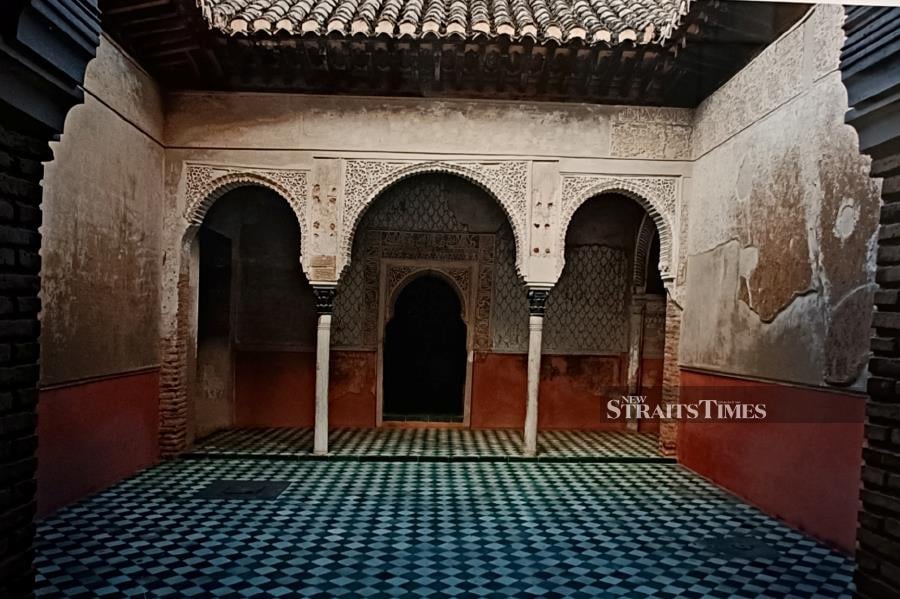
"Miss Intan, would you prefer to explore the exhibition at your own pace?" Khairul's inquiry gently interrupts my reverie, pulling me back from the captivating world captured within the photographs. In my mind's eye, I linger at the window, gazing upon a serene garden while the gentle murmur of a fountain transports me deeper into the scene.
"Oh gosh, sorry!" I mouth to her in response, before noting that the exhibition hall has started to fill with the crowd previously ensconced in the dewan where the documentary screening had been held. "I need to attend to a few things. I shall be back soon," Khairul assures me with a brief albeit friendly pat on my shoulder before making her exit.
"Ah, where was I?" I muse softly, a contented smile on my lips. Indeed, there's much to absorb and marvel at in this space. Gently retracing my steps to earlier depictions of the Alhambra during its phases of restoration, I instinctively reach for my camera, eager to immortalise some of the beautiful images.
"Definitely going to put the Alhambra on my travel bucket list after this," I declare to myself, before returning my focus on the visuals on the walls, prepared to journey once more into the enchanting embrace of the ancient complex's timeless allure.
In the words of Khairul earlier, "There's nothing like the Alhambra." Indeed, it stands as a beacon of enlightenment, inviting future generations to discover the wonders of Islamic civilisation and the enduring legacy of Moorish Spain.
The Alhambra: Paradise on Earth
Brought by Embassy of Spain Malaysia, Junta de Andalucia, International Islamic University Malaysia and International Institute of Islamic Thought and Civilisation.
WHERE: IISTAC-IIUM, 24, Persiaran Tuanku Syed Sirajuddin, Bukit Tunku, Kuala Lumpur.
WHEN: Exhibition ends on May 31.
Experience the beauty of Spain's Alhambra Palace with Malaysia Airline promo code.





